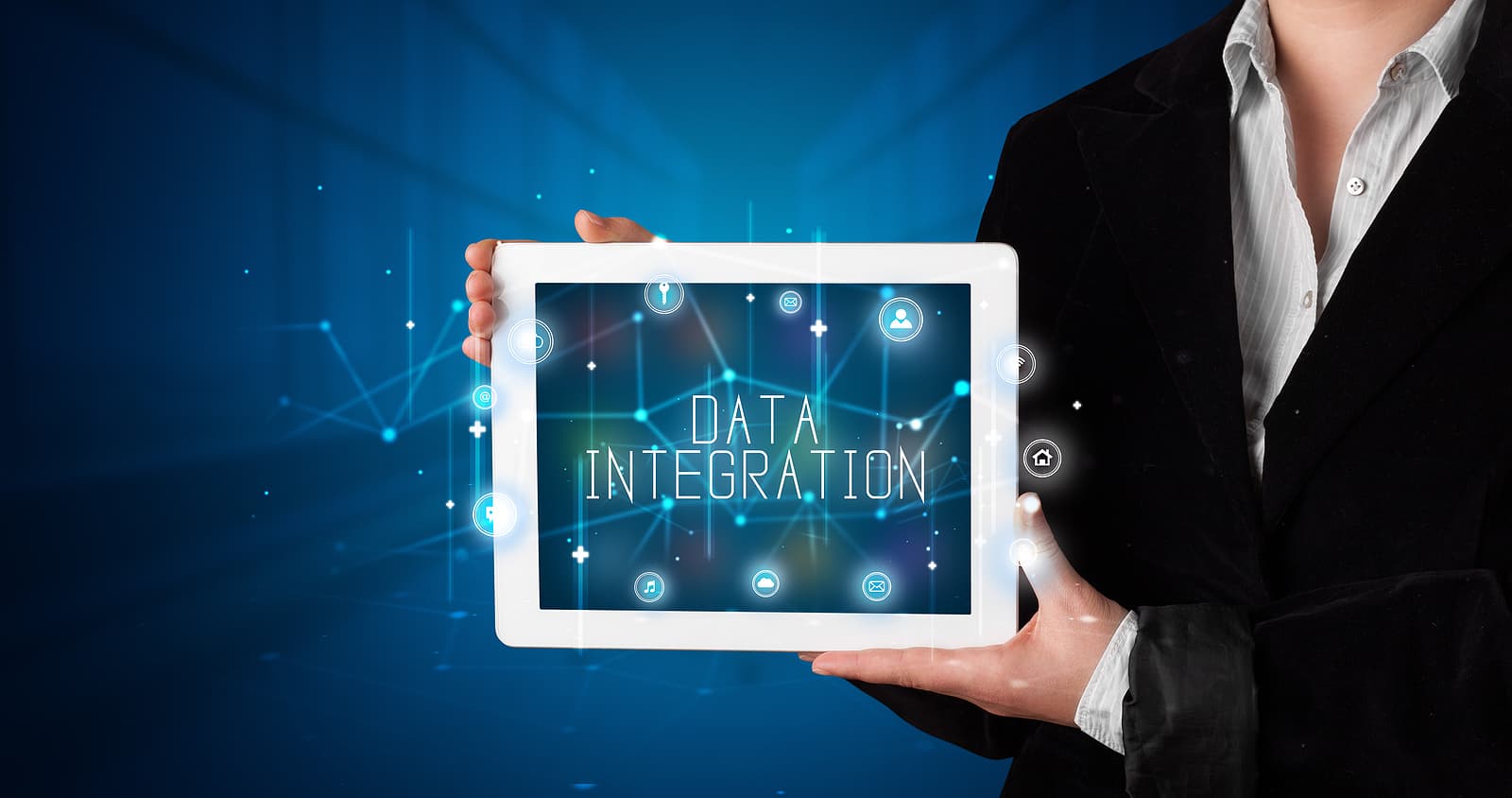Why You Should be Focusing on Data Integration During COVID-19
Actian Corporation
August 24, 2020

A few months ago, companies went into crisis mode, globally – figuring out how to respond to the COVID-19 outbreak. Since then, most organizations have overcome the initial shock and disruption and figured out how to adapt their workforce and business processes for a remote work environment. When this started, the hope was that COVID-19 would be a temporary disruption and would only last a few weeks or months. It hasn’t played out that way – with the virus evolving into a global pandemic with no vaccine in sight; companies now realize that there is a “new normal,” and the current operating mode is here to stay for the foreseeable future.
It might seem counter-intuitive to focus on data integration and data management in the middle of a global pandemic, but if your company wants to survive and thrive, that is precisely what you should be focusing on right now. If the 1918 Spanish Flu is used as a comparison, a full recovery from the COVID-19 pandemic will likely take 2-3 years. That is an eternity in the modern business world, so companies need to figure out ways to maximize value creation and competitive differentiation during this period.
Remote Work is Accelerating the Changes that Digital Transformation Began
Over the past 3-5 years, many companies set out on journeys to digitally transform their business processes to leverage modern technology trends and re-imagine the relationship between workers and IT systems. Digital Transformation initiatives introduced a new cultural mindset within companies about the use of data to drive strategic and operational decisions. The first digital transformation initiatives in most companies focused on specific business processes – sales, customer service, and supply chain management. These functions had embraced the use of IT systems like ERP and CRM decades ago, so the shift to modern tooling and business intelligence (BI) capabilities was just an upgrade for them.
With COVID-19 and companies shifting to remote work models and no-contact work environments for on-site workers, leaders need to accelerate the delivery of digital transformation initiatives across the enterprise – enabling all workers to leverage technology to be productive without traditional face-to-face interactions. Company leaders also realize that, if they want to be effective in leading remote organizations, they need more complete, accurate, and real-time data from across the company to make informed business decisions. That is where data integration comes in.
Business Agility Means Optimizing Locally and Managing Globally
With entire workforces shifting to remote work at the same time, it isn’t practical to take a top-down, waterfall project management approach to digital transformation, business process re-engineering, and enterprise data integration. There are too many moving parts to manage, and there isn’t time to develop an “all-up plan” before implementing it. Federated decision making and agile improvement methods are the only workable option in the current environment. The key to success in this model is empowering individual business functions (and employees) to make decisions to optimize their work locally – within a global (enterprise-wide) framework and set of standards that enable cross-functional integration and all-up data aggregation for decision making.
Okay, that sounds very abstract – it really isn’t. You need to define a framework that sets standards for who has the authority to make decisions, what technology solutions can be implemented (for security and compliance reasons), and how to integrate data from different systems and business processes together. As long as employees and workgroup leaders keep within these guidelines, they should be empowered to do whatever they need to do to be productive and keep the business running.
Data Integration is the Key to Controlling a Distributed Organization
Does a leader need to be “hands-on” and involved in every facet of their operations?… No. What they need is visibility into what is going on, what is going well, what the challenges are, and what decisions are being made so they can provide guidance to steer the ship when necessary. Data integration is the key to controlling and leading a distributed organization. If the data from all of the operational systems are integrated, aggregated, summarized, and curated into a set of informative and actionable dashboards, business leaders will be well equipped to manage operations – even without face-to-face interactions.
Actian’s DataConnect helps companies adapt to the “new normal” of the extended COVID-19 pandemic by giving them the tools to integrate data from across the enterprise – core platforms, line of business applications, mobile devices, SaaS systems, IoT devices and more. With DataConnect IPaaS (integration platform as a service), you can enable localized decision making and rapid evolution of your business and IT processes while maintaining centralized visibility through BI and analytics tools.
To learn more about how DataConnect and the other solutions from Actian can help your business in this unusual time, visit www.actian.com/data-integration/dataconnect/.
Subscribe to the Actian Blog
Subscribe to Actian’s blog to get data insights delivered right to you.
- Stay in the know – Get the latest in data analytics pushed directly to your inbox.
- Never miss a post – You’ll receive automatic email updates to let you know when new posts are live.
- It’s all up to you – Change your delivery preferences to suit your needs.
